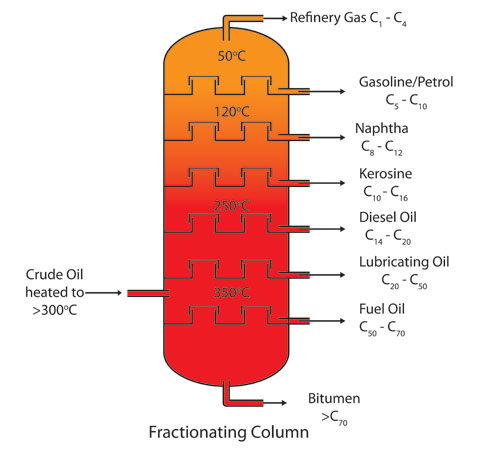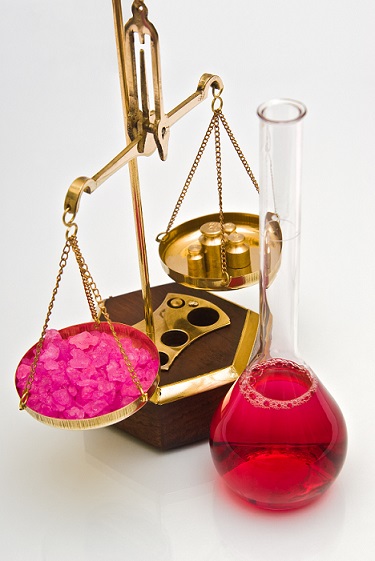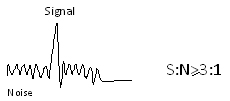Hydrogen, Helium or Nitrogen – Which is most suitable as a Carrier Gas?

A carrier gas serves as a medium for transport of eluting molecules through the Gas Chromatograph. Before deciding on the carrier gas you should consider the following
- Inertness towards the sample components
- Should not attack system components
- Should not give its own response signal
- Should be available in highly pure state
- Should be cost-effective and easily available
- Should give good baseline stability
The three carrier gases in common use are nitrogen, hydrogen and helium
The choice of the carrier gas is based on interpretation of Van Deemter plots of the three gases. Height equivalent to theoretical plate (H) is plotted against flow velocity (u-cm/sec).
The optimum gas velocity is at the bottom point of the curve for each gas as low HETP values translate to better separation efficiencies. The optimum velocities of the three carrier gases are :
Nitrogen – 12 cm/s
Helium – 20 cm/s
Hydrogen – 40 cm /s
Use a carrier gas with a flat Van Deemter curve base to minimise changes in carrier gas flow and to maximise column efficiency.
The following observations can be made from the plot :
Nitrogen has the lowest minimum but is accompanied with steep rise on both sides of the minimum value. It has better separation efficiency at its minimum but the efficiency of separation gets reduced significantly on either side with changes in flow velocities
Helium shows of flatter minimum and an improved resistance to changes in resolution over a broader range than nitrogen. However, its use is limited by its availability and higher cost in comparison to nitrogen
Hydrogen has the flatest minimum spread over a range of velocities,ie, its resolution is stable over a range of flow velocities around the optimum value
Benefits of hydrogen
- Higher optimum velocities result in shorter analysis time resulting in greater sample throughput
- Due to faster elution and better resolution high-temperatures can be avoided thereby extending column life. Further due to its reducing action it serves to remove potential acidic sites in the column thereby extended its life even further
- Lower temperatures means less of column bleed which translates to longer column life
- Diffusion being faster in hydrogen in comparison to nitrogen the separations take place faster when using hydrogen as a carrier gas
The benefits offered by hydrogen are to some extent offset by the flammability hazard of hydrogen gas. This requires exercise of extreme care in handling hydrogen gas cylinders as outlined in the recent article on How to handle Gas Chromatographic Gases Safely?
Hydrogen Gas Generators
- Hydrogen gas generators offer a viable alternative when application demands use hydrogen as a carrier
- No large-scale storage is needed and required quantity can be generated from time to time
- Auto shut down in case of leak detection
- Quality of gas is consistent and independent of cylinder to cylinder variations
- Saving on time and leakage risks when changing cylinders
Hydrogen in comparison to helium or nitrogen has several advantages provided adequate precautions are exercised in its handling and storage. Hydrogen generators are a convenient option as their cost gets paid back in 1 to 2 years time.
Please share your experiences and offer your comments.






thanks a lot for a nice Weekly Newsletter (11) a bout carrier gas which is very interesting topic.
A colleague of mine ( Ed Connor DR.SC) has a similar post.
read here
http://www.peakscientific.com/articles/availability-of-helium/
Thanks for sharing the information.